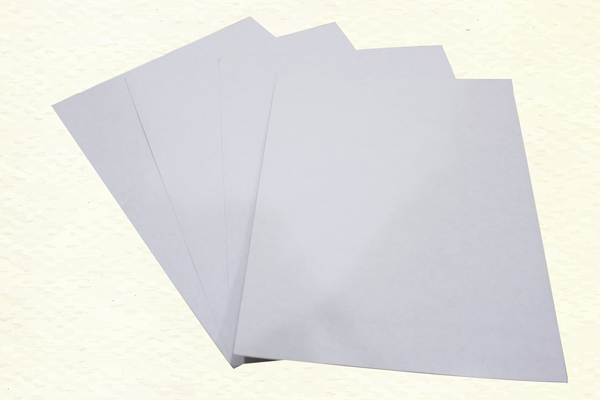When it comes to paper, thickness is often associated with quality. But is thicker paper really better? In this article, we will delve into the various factors that determine the quality of paper and whether thickness plays a significant role.
Firstly, let's consider the purpose of the paper. For printing, thicker paper may provide a more professional and durable finish. However, for writing or drawing, thinner paper may be more suitable as it allows for better control and precision.
Next, we need to examine the type of paper. Different types of paper have varying thickness standards. For example, cardstock is typically thicker than regular printer paper. Additionally, some papers may have a higher GSM (grams per square meter) which can affect the thickness and overall quality.
Another important factor to consider is the intended use of the paper. For example, thicker paper may be more suitable for invitations or business cards as it conveys a sense of luxury and durability. However, for everyday use such as note-taking or printing documents, thinner paper may be more practical and cost-effective.
Furthermore, the printing method used can also impact the thickness of the paper. For example, inkjet printers may require thinner paper to prevent ink smudging, while laser printers may require thicker paper to withstand the heat of the printing process.
In conclusion, the answer to whether thicker paper is better depends on various factors such as the purpose, type, intended use, and printing method. While thicker paper may provide a more professional and durable finish for certain purposes, thinner paper may be more practical and cost-effective for everyday use. Ultimately, the quality of the paper should be determined by its suitability for the intended use rather than thickness alone.

